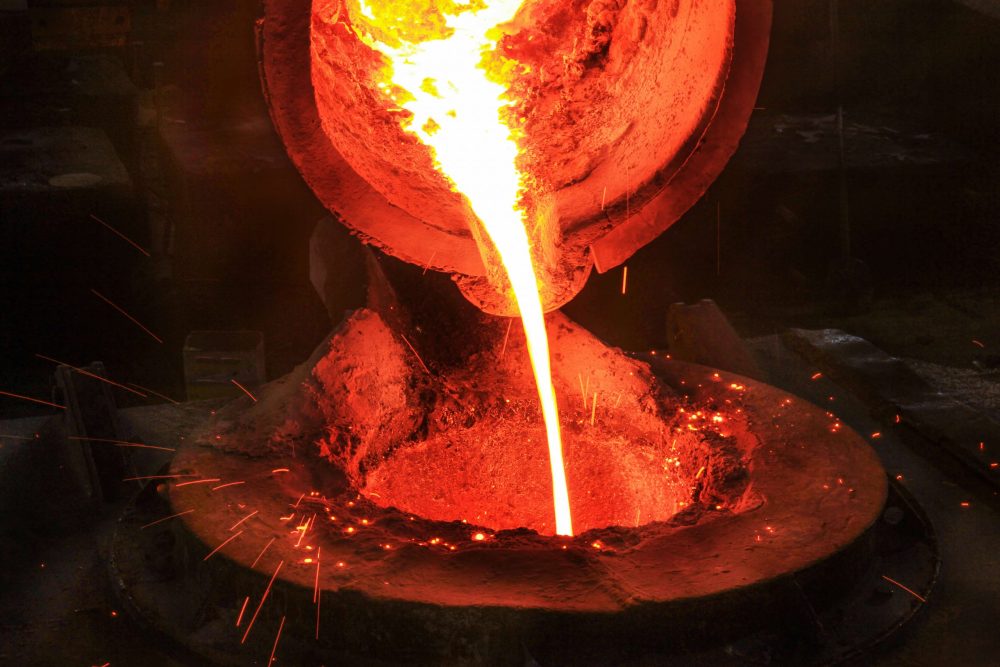In this article, we describe what metal hardening is and present four types of metal hardening. If you are looking for some basic knowledge about metal hardening this article is for you.
Metal hardening
Metal hardening is a way of making a metal stronger and more resistant to deformation by heating it to a certain temperature and then cooling it rapidly. The rapid cooling process, known as quenching, causes the metal to undergo a structural change, resulting in increased hardness and strength. There are several ways to harden metal, but the most common methods involve heating the metal to a specific temperature and then quenching it in a liquid, such as water or oil. This rapid cooling process traps the metal’s atoms in a particular crystalline structure, making it stronger and more rigid.
Metal hardening is often used in manufacturing processes, such as the production of tools, machinery parts, and automotive components. It can also be used in the creation of knives and other cutting tools, as well as in the production of swords and other weapons. It is important to note that while metal hardening can increase a metal’s strength and durability, it can also make it more brittle and prone to cracking.

Therefore, it is important to carefully control the hardening process to ensure that the metal is properly strengthened without becoming too brittle.
Four types of metal hardening
One common method of metal hardening is annealing. Annealing involves heating the metal to a specific temperature and holding it at that temperature for a certain amount of time before allowing it to cool slowly. This process helps to relieve internal stress, improve ductility, and reduce hardness.
Another method is quenching, which is a rapid cooling process used to harden metal. During quenching, a heated metal is rapidly cooled in a liquid such as water, oil, or brine. This process traps the metal’s atoms in a specific crystalline structure, which increases its hardness and strength. However, quenching can also make the metal brittle, so it is important to carefully control the cooling rate and use an appropriate quenching medium.

Tempering is another method that involves heating a quenched metal and then cooling it again. This process helps to reduce the brittleness of the metal and improve its toughness while retaining some of the hardness. Tempering involves heating the metal to a specific temperature and holding it at that temperature for a certain time before cooling it in air.
Finally, austempering is a heat treatment process that is used to produce a combination of high strength and toughness in metal. Austempering involves heating the metal to a temperature just above its austenitizing temperature and holding it at that temperature for a specific time, followed by cooling it in a medium that provides a specific cooling rate. This process can be used to produce a range of hardness levels and provides a good combination of strength and ductility.
In conclusion, the type of metal hardening method used depends on the specific requirements of the metal, such as its composition, intended use, and desired properties. Each method has its advantages and disadvantages, and it is important to carefully consider these factors when selecting a metal hardening process. To know more about metal hardening, click on the link https://sacher-cnc.com/en/hardening/.










